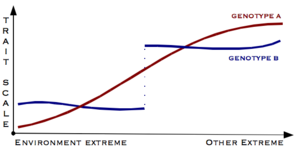Developmental Norms

Developmental norms are defined as standards by which the progress of a child's development can be measured. For example, the average age at which a child walks, learns to talk, or reaches puberty would be such a standard and would be used to judge whether the child is progressing normally. Norms have also been used as a basis for the "ages and stages" approach to understanding child development, made famous most notably by Yale University pediatrician and educator Arnold Gessell and University of Chicago educator Robert Havighurst. In using the idea of norms, Havighurst presented a set of developmental tasks tied closely to what behavior one might observe at what age. These sets of developmental tasks became a tool for teachers to use to help judge the appropriateness of certain types of curriculum for children of certain ages or developmental levels. While norms are usually thought of as being age-related, norms can also be tied to other developmental variables such as race, ethnicity, and sex.
See also: MILESTONES OF DEVELOPMENT; STAGES OF DEVELOPMENT
Bibliography
Leach, Penelope. Your Baby and Child: From Birth to Age Five. New York: Knopf, 1997.
Schaefer, Charles E., and Theresa Foy Digeronimo. Ages and Stages:A Parent's Guide to Normal Childhood Development. New York: Wiley, 2000.
Neil J. Salkind